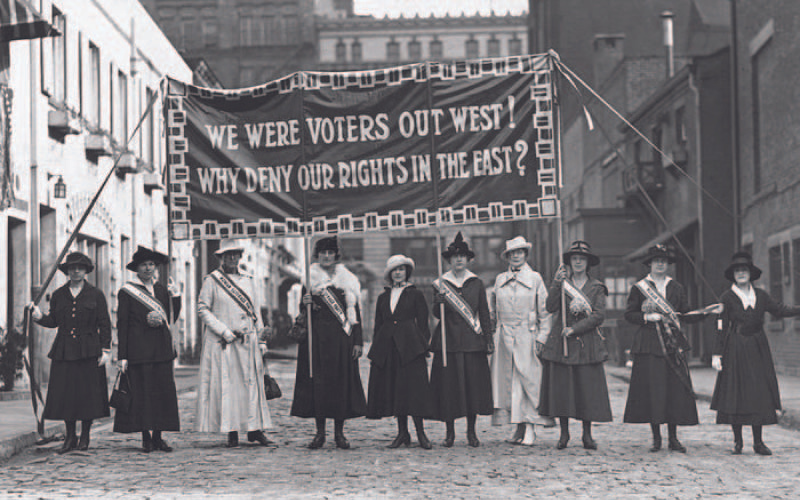Though the definition of feminism stays consistent throughout the years, its purpose evolves based on society's rules and judgement. The third wave rose to address the backlash of the second wave, bringing equality to all.
After ex-president Donald Trump’s inauguration, the world saw not one, but two marches that fought for equality amongst all. In 2018, the ‘Power to the Polls’ March was conducted to call out limited female representatives in politics. Outraged and concerned by a political system that was misogynistic and attacked equality for people of colour, immigrants, and the LGBTQ+ community, hundreds of thousands of women also took to the streets in the Equality March.
Ultimately, a diverse community of women co-founded one of the nation's biggest demonstrations to celebrate the tradition of suffragists, feminists, and other civil rights leaders while pushing for a more decentralised and inclusive movement. Four years later, we’re finally seeing a reduction in political stereotypes, especially when America's first female Vice President, Kamala Harris, was brought into the office.
In comparison, Malaysia may not have been receiving the same recognition as most European countries do. Yet, this doesn’t stop us from fighting towards our goal. Malaysian women have also come a long way since the country's independence in 1957 — just take a look at Datuk Nicol Ann David, Hannah Yeoh, and many other Malaysian women inspiring us with their personal growth.
Though growth is visible, but there’s still room for change.



